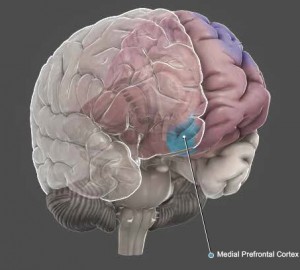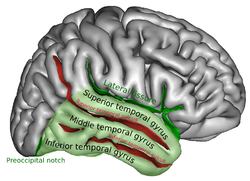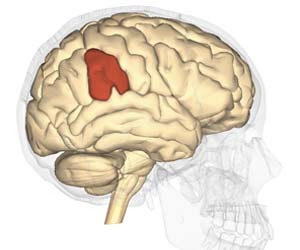Suicide bombings, terrorist attacks, earthquakes and a hurricane… All in one day. All in one world. Unfortunately, none of these circumstances are new. How can such horrid incidents keep happening? How can we counter forces of nature more effectively? Why do people hurt each other over and over again? Will this vicious cycle ever end? Why do we even care?

What is empathy?
In broad terms, empathy is “an emotional reaction to or understanding of another person’s feelings.” It is “the ability to appreciate others’ points of view and share their experiences” (Ward, 2015, p. 396). According to Jeremy Rifkin, “Empathy is grounded in the acknowledgement of death and a celebration of life and rooting for each other to flourish and be. It’s based on our frailties and our imperfections” (2010, 4:50).
Empathy is what allows people to connect through situations that an individual may not even be directly experiencing. Through various forms of media, those with access to them can be up to date with what happens around the world. Millions of people watched or read accounts of the Paris attacks, suicide bombings in Beirut and Baghdad, and the other tragic events that occurred on that Friday the 13th. People mourned with the victims of such atrocities whether or not they were personally affected by them.
What is happening in the brain?

Have you ever noticed that when one baby cries, other babies nearby begin to cry as well? This is an example of empathic distress which occurs because of mirror neurons. In the video below, Rifkin talks about how “We are soft wired to experience another’s plight as if we are experiencing it ourselves. The same neurons light up in us as with the person we’re observing” (2010, 2:25). Mirror neurons are involved when we observe others’ actions, sensations, and emotions.
A mirror system is “the idea of neural circuits or regions that disregard the distinction between self and other.” An example of this is when the insula region of the brain is activated both when we are disgusted with something as well as when we observe someone else express disgust (Ward, 2015, p. 397). As we feel other people’s struggles, we can choose to stand in solidarity with them. As outsiders to certain situations, our experience is not exactly the same as those actually in the midst of the struggle. Even so, our acknowledgement of what happened and moral support can have some level of positive impact.



Moral emotions are “emotions that are related to the behavior of oneself (in relation to others) or the behavior of others (in relation to oneself or others).” They activate regions such as the medial prefrontal cortex and the right posterior superior temporal sulcus which have been linked to theory-of-mind, or “the ability to represent the mental states of others (e.g. their beliefs, desires, intentions)” (p.396). They also activate the orbitofrontal cortex which plays a role in social behavior regulation (p. 381).

Another region of the brain found to be involved in empathy is the right supramarginal gyrus. Researchers have found that a person’s ability for empathy is significantly reduced when this area of the brain does not function properly. This part “helps us to distinguish our own emotional state from that of other people and is responsible for empathy and compassion” (Bergland, 2013).
Why is the connection between brain and behavior important?
Our varying lived experiences influence our perception of other people and how we relate to them. Most, if not all, of the problems we face in the world stem from systemic issues that seep into our beliefs. Discrimination based on people’s identities such as race, gender, and religion divides communities and leaves little room for empathy. Bergland (2003), however, notes that “because our brain’s neural circuitry is malleable and can be rewired through neuroplasticity one’s tendency for empathy and compassion is never fixed.” Understanding this gives hope for a more inclusive and welcoming world. For that to happen, each of us needs to be aware of how we view ourselves and others and then to make conscious decisions that could bring us closer to such a world.
TED Talk: The Empathic Civilisation
In this talk from RSA Animate, bestselling author Jeremy Rifkin investigates the evolution of empathy and the profound ways it has shaped human development and society.
Works Cited
Bergland, C. (2013, Oct 10). The neuroscience of empathy: neuroscientists identify specific brain areas linked to compassion. Retrieved from https://www.psychologytoday.com/blog/the-athletes-way/201310/the-neuroscience-empathy
Planck, M. (2013, October 14). I’m ok, you’re not ok: the right supramarginal gyrus plays an important role in empathy. Retrieved from http://www.psypost.org/2013/10/im-ok-youre-not-ok-the-right-supramarginal-gyrus-plays-an-important-role-in-empathy-20718
Rifkin, J. (2010, August). The empathic civilization [Video file]. Retrieved from https://www.ted.com/talks/jeremy_rifkin_on_the_empathic_civilization
Ward, J. (2015). The student’s guide to cognitive neuroscience (3rd ed.). New York, NY: Psychology Press.
